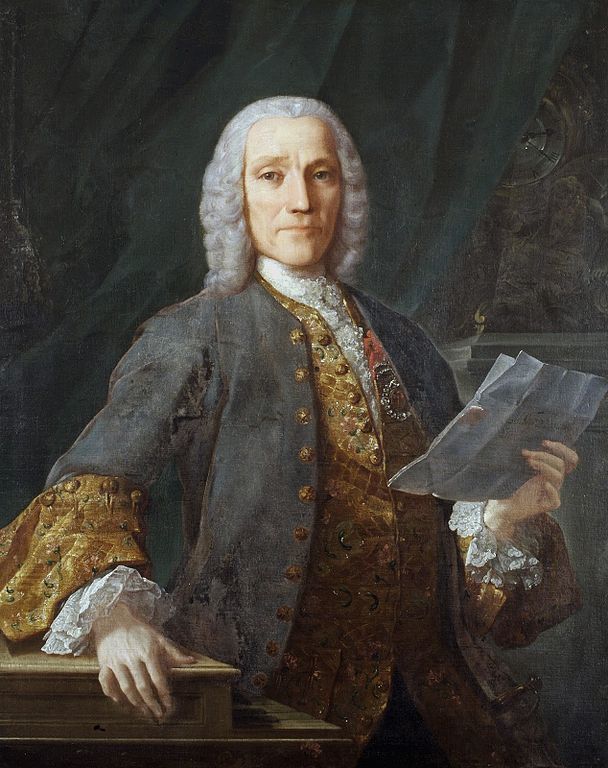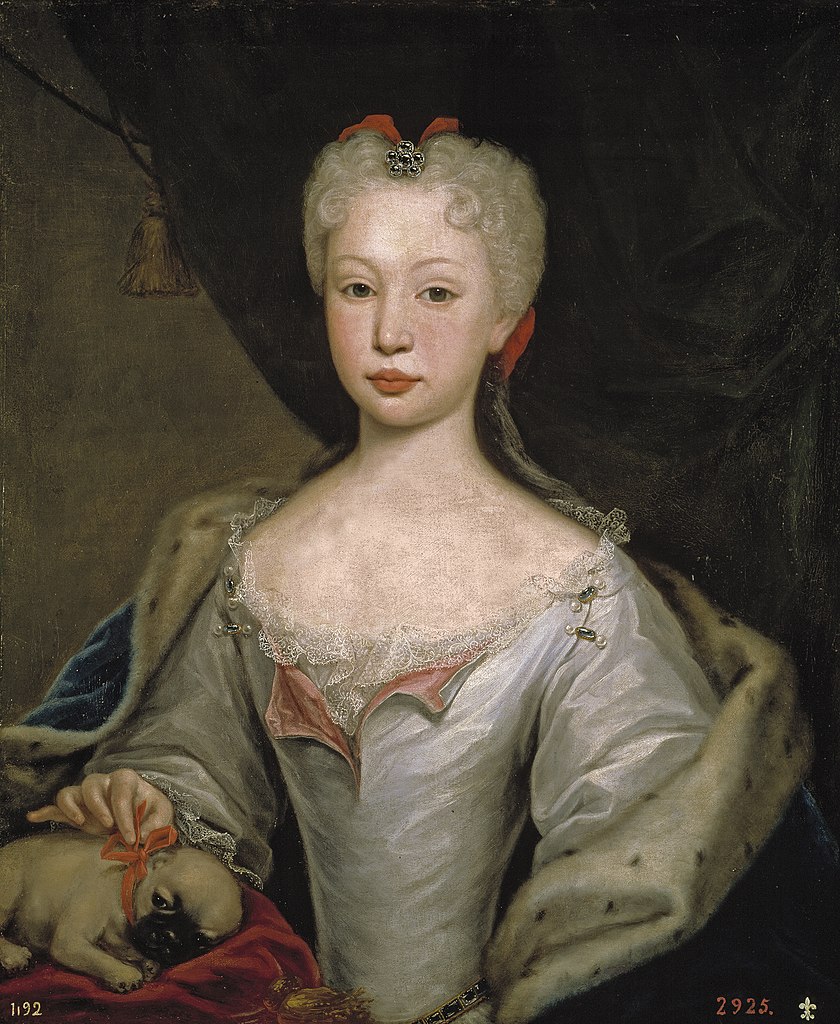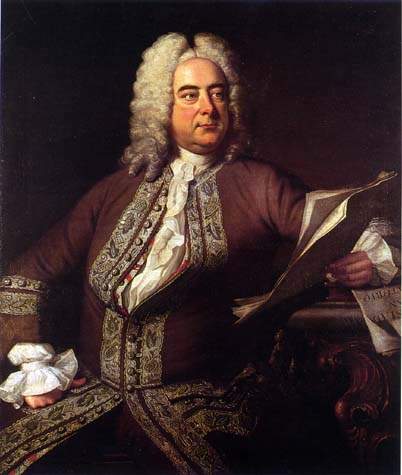
Domenico Scarlatti
Domenico Scarlatti, the son of Italian composer Alessandro Scarlatti, holds a special place in the development of keyboard music. He studied the prevailing techniques of composition for instrumental ensembles and Italian opera, but in mid-career he moved to Portugal. There, influenced by musical styles of the Iberian Peninsula and his duties as a keyboard instructor, he produced hundreds of short keyboard sonatas that are prized for their charm, elegance, and originality.
Personal Data
Dates: 1685-1757
Born: Naples
Residences: Rome, Lisbon, Madrid

Scarlatti Timeline
Little is known of Domenico Scarlatti’s training, but in 1701 he was named composer and organist at the Naples royal chapel where his father served as maestro. Four years later, his father sent Domenico out on his own, providing him with a glowing recommendation to Ferdinando de’ Medici, Grand Duke of Tuscany. Alessandro described him as an eagle whose wings were grown and who could not remain in the nest. In spite of this apparent desire to see his son out on his own, Alessandro continued to be a domineering influence until 1717 when Domenico managed to obtain legal independence.
When Domenico first left Naples with his father’s letter, he spent four years in Venice, about which nothing is known, before entering the service of the exiled Polish queen Maria Casimira in Rome in 1709. He obtained further appointments in Rome as maestro di cappella, including a post with the Portuguese ambassador to the Vatican.
In 1713 he became maestro di cappella of the Basilica Giulia at the Vatican. The choir would sing regularly for services at the Vatican that were not celebrated by the Pope himself (when the Sistine Chapel Choir would sing instead). It was an especially esteemed post that had been held by some of the most renowned musicians, including Giovanni Palestrina.
In 1719, Scarlatti went to Portugal to became mestre of the patriarchal chapel in Lisbon. In Lisbon, Scarlatti was charged with the musical training of King John V’s daughter, Maria Barbara (Barbara de Braganza, 1711-1758). The professional relationship with Barbara would continue for the remainder of Scarlatti’s life, first in Lisbon and then in Spain after her marriage in 1729 to the future King Ferdinand VI of Spain.
Scarlatti returned to Italy periodically until his marriage in Rome to Maria Caterina Gentili in 1728 with whom he would have five children. There is no record of his leaving the Iberian Peninsula after 1728.
Friday Performance Picks: Works by Scarlatti
No. 7: Sonata in D Minor, K. 141
No. 153: Sonata in A Major, K. 113


Madrid in 1750
Scarlatti vs Handel
Handel’s biographer John Mainwaring recounts a friendly contest between Handel and Scarlatti in 1709 when both men were 24 years old.
As [Scarlatti] was an exquisite player on the harpsichord, the Cardinal [Ottoboni] was resolved to bring him and Handel together for a trial of skill; it has been said that some gave preference to Scarlatti. However, when they came to the organ there was not the least pretense for doubting to which of them it belonged. Scarlatti declared the superiority of his antagonist, and owned that till he had heard him [Handel] upon this instrument, he had no conception of its powers. Handel used to speak of [Scarlatti] with great satisfaction, for besides [Scarlatti’s] great talents as an artist, he had the sweetest temper, and the genteelest behavior. On the other hand Scarlatti, as oft as he was admired, would mention Handel and cross himself in token of veneration.

Scarlatti made his mark in music history with a remarkable 555 keyboard sonatas composed in Portugal and Spain during the last 35 years of his life. Yes, as a Neapolitan composer trained and living under the strong influence of his father, he composed operas, oratorios, cantatas, and a variety of other sacred and secular choral works. But once he arrived in Lisbon, free of his father’s dominance and the requirements of the Italian patronage system, he developed a new, highly distinctive style of music for keyboard. It was clear, at times transparently delicate and alternately virtuosic. His keyboard sonatas were brief and almost always followed a simple binary form.
The sonatas first appeared in 1729. Scarlatti published a collection of 30 sonatas under the title Esercizi (exercises). Indeed, the sonatas often have the character of an exercise or etude in that they tend to tackle one particular technical problem, and it is generally thought that Scarlatti intended them as exercises for his students. Their musical value, however, far exceeds simple exercises.
Sonata in E Major, K 380
In Portugal, Scarlatti soaked up some of the Latin influence that surrounded him. His music remained essentially Italian, but he employed some Spanish dance rhythms.
Scarlatti often achieved a delicate transparency in his sonatas, as this one demonstrates. His melodies are clear and engaging. Phrases are often stated twice in succession, and he likes to repeat short melodic fragments while exploring surprising harmonies in the accompaniment.
Binary Form
Binary form has two parts usually labeled as an A section and a B section. In the Baroque era, binary form also had typical key relationships. The A section would begin in the tonic key and end in the dominant. The B section would begin in the dominant key and end back in the tonic. If the tonic key was minor, then the A section might progress to the relative major key rather than dominant. Each section was typically repeated (A A B B). Performers may choose not to play the repeats.
(You must be logged into the Circle of Scholars to view the rest of this page.)
